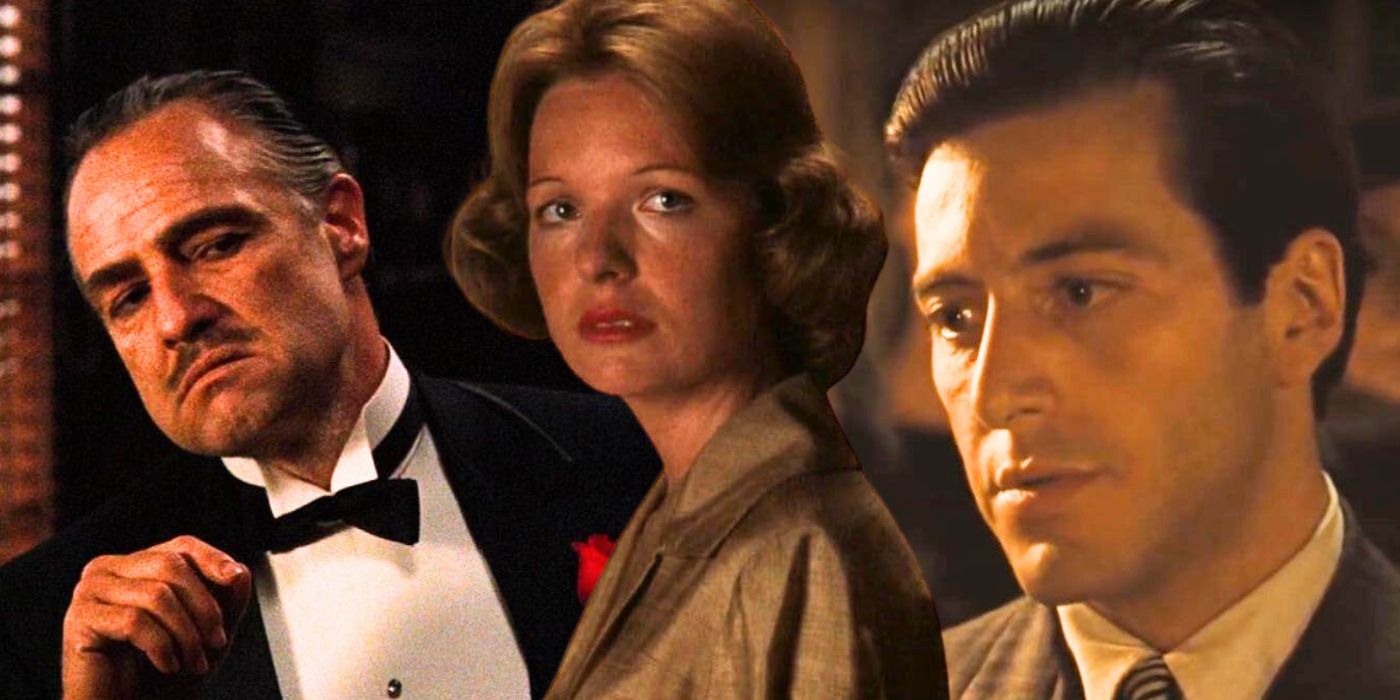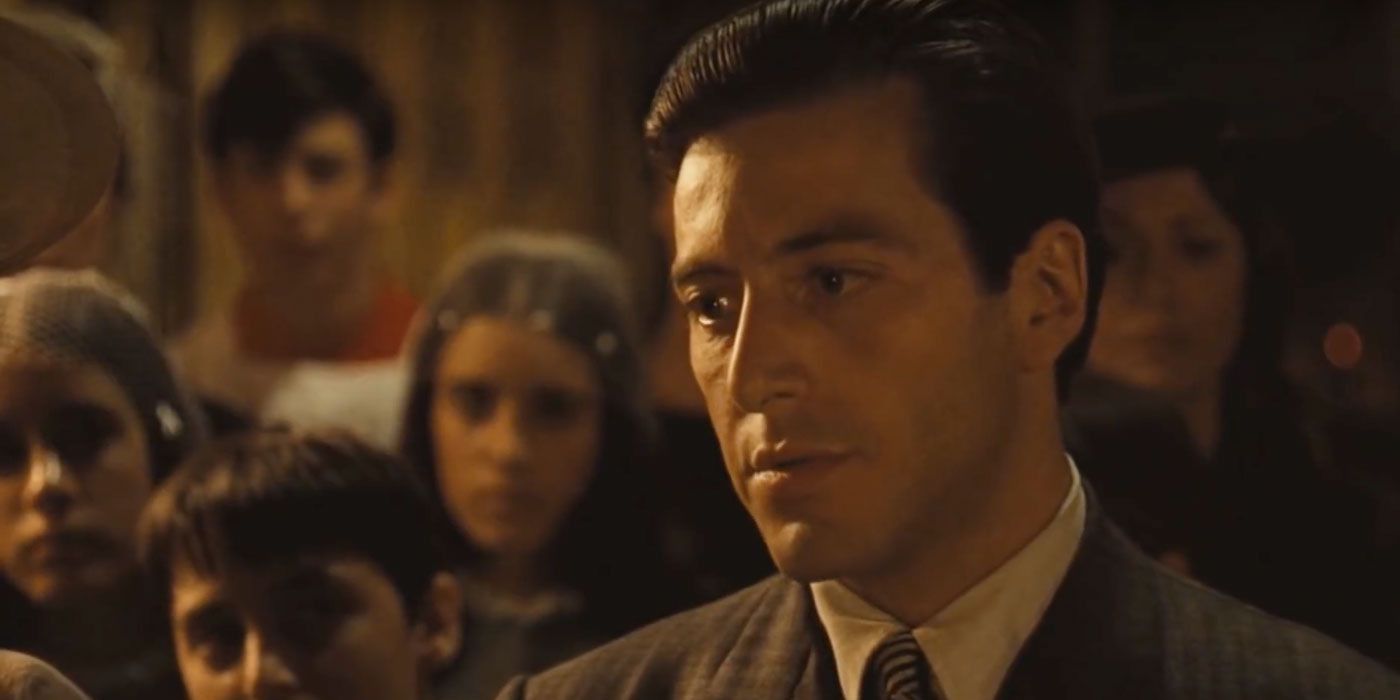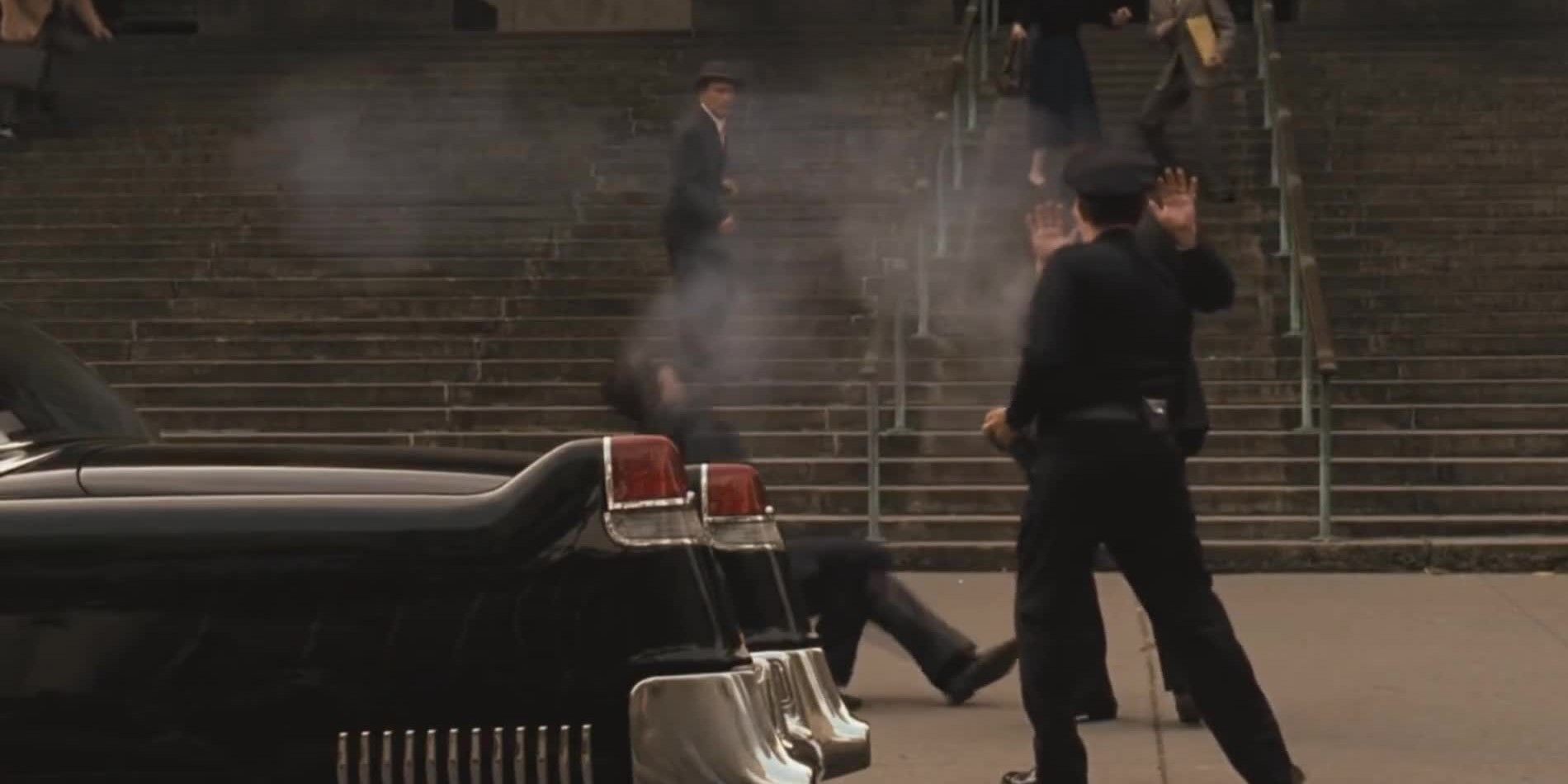Summary
- The Godfather's ending solidifies Michael's transformation into a ruthless Mafia Don through violent acts and powerful imagery.
- The Baptism of Blood montage showcases the stark differences between Vito and Michael, highlighting Michael's cold and calculating nature.
- The closing scene with Kay symbolizes Michael's final evolution into a mafia boss, isolating himself from his family while embracing his criminal empire.
The Godfather ending is one of the most iconic in cinema history, and both cemented Francis Ford Coppola's reputation as a director, and set up the events of The Godfather Part II. Based on the original 1969 novel by Mario Puzo, The Godfather centered on the infamous Corleone New York crime family. The Godfather begins with Marlon Brando's Don Vito Carleone, and Al Pacino's Michael Corleone as the wholesome son with no interest in his father's business. However, by The Godfather ending, Michael has emerged as the head of the Corleone empire — and is just as ruthless as his father.
Michael's transformation is completed in The Godfather's final act. A flurry of blood, stunning cinematography, violence, and iconic dialogue, The Godfather's ending delivers on every conceivable level and still sets the bar for climactic movie finales almost 50 years after debuting in theaters. As a testament to the subtlety of Coppola's directing and the depth of Puzo's script, The Godfather ending is still analyzed and picked apart decades after its 1972 release. Most importantly, the final moments fully establish Michael as the next Godfather and show he's fully embraced his new position as an uncompromising Mafia Don.
The Godfather is available to stream on Paramount+
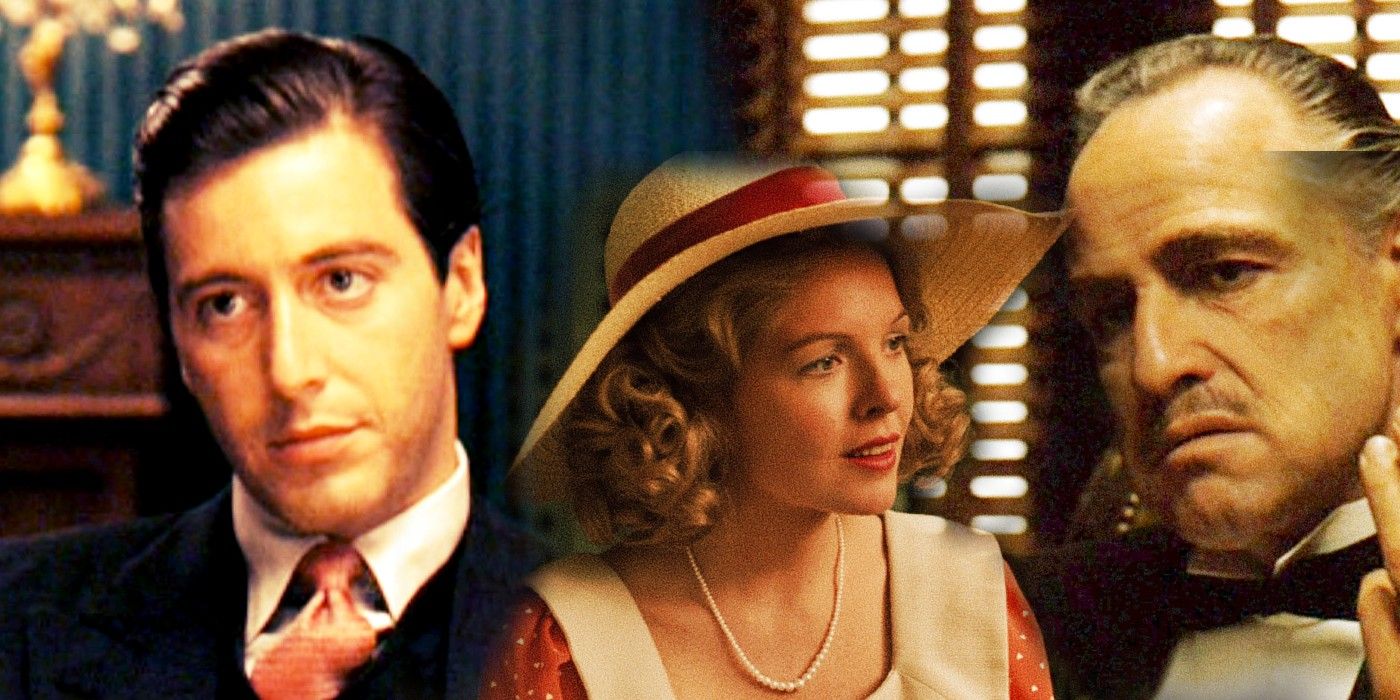
The Godfather Cast Guide: Where Are They Now
The Godfather cast is one of the greatest ensembles ever, and even the actors playing minor characters in the trilogy are completely unforgettable.What Happens At The End Of The Godfather
The Baptism Bloodbath Explained
Michael Corleone arranges for several of the family's rivals to be taken out on the same day, both securing the future prospects of the Corleone empire, and sending a clear message to their rivals.
The Godfather ending begins after Vito Corleone passes away in the comfort of his own garden. Before his death, however, Vito and Michael — now the undisputed Don of the family — had concocted a grand plan to take all their enemies off the board and cement the Corleone legacy for years to come. The plan begins on the day Michael's nephew and godson is baptized.
Michael Corleone arranges for several of the family's rivals to be taken out on the same day, both securing the future prospects of the Corleone empire, and sending a clear message to their rivals. The first to die in The Godfather ending is Victor Stracci, head of the Stracci family, who Clemenza shoots in an elevatator. Although not the biggest threat to the Corleone family, Stracci is in league with Barzini, Vito's main rival. The figure trapped and shot in the revolving door is another less prominent head of the Five Families, Carmine Cueno.
However, it's not just rival gangsters Michael has eliminated at the end of The Godfather. He also ensures that anyone who's wronged the Corleone family is swiftly dealt with too. Alongside Victor Stracci, Moe Greene is shot through the eye in a massage parlor. He was an obstacle to the Corleone's Las Vegas interests and — more importantly — had physically attacked Michael's brother, Fredo Corleone, in public.
A member of Michael's inner circle, Rocco Lampone, shoots Philip Tattaglia as he cavorts with a sex worker in bed. The Tattaglia family were responsible for the attempt on Vito's life earlier in the film, but Michael ensures revenge is served during The Godfather ending. Michael's future right-right man, Al Neri, puts on his old police uniform and takes out Emilio Barzini, the arch-enemy of the Corleone family and the driving force behind Sonny's death. After the celebration is complete, Michael goes on to have Tessio and Carlo, his brother-in-law, killed for their respective betrayals.
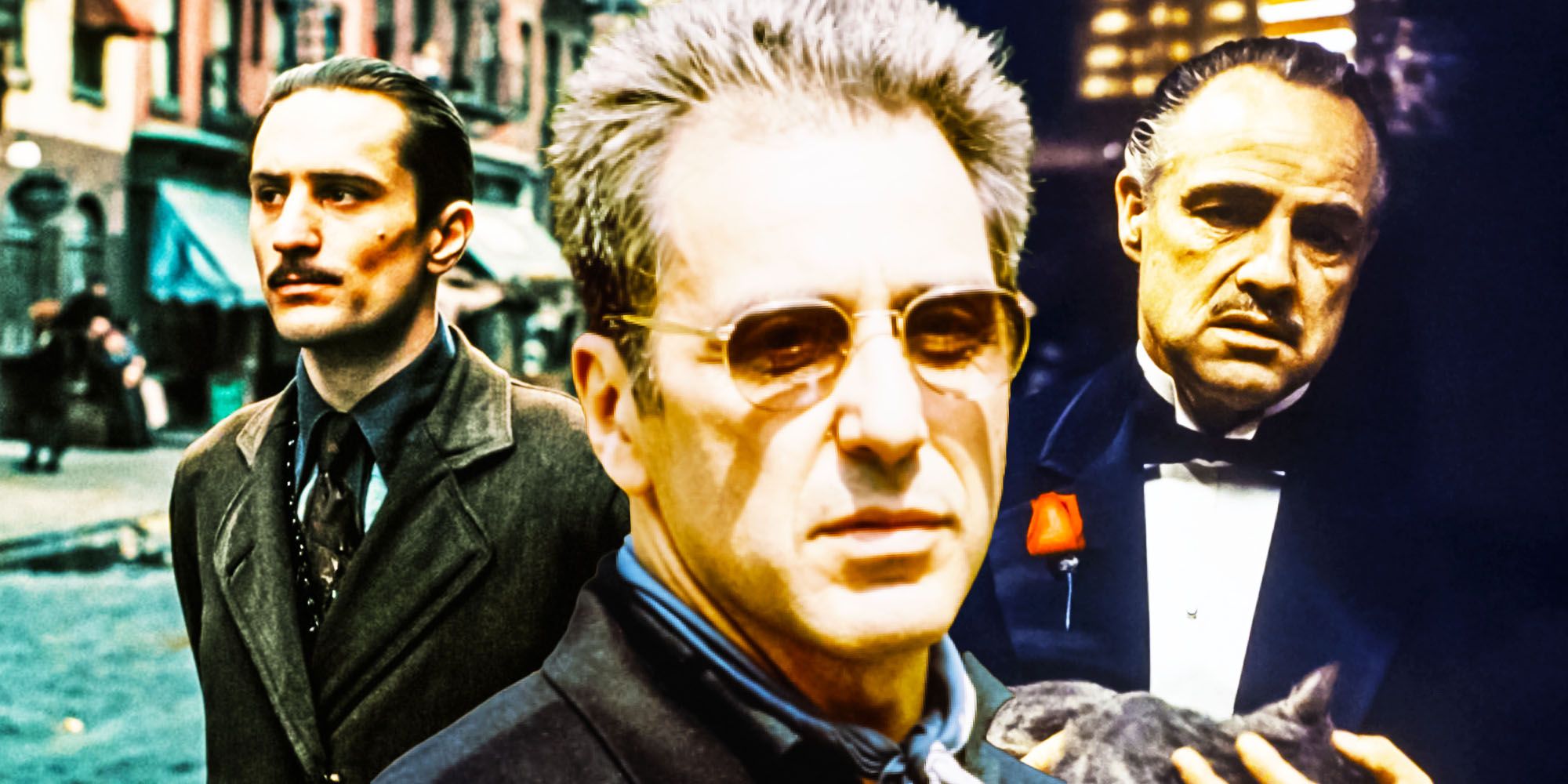
Every Godfather Movie Ranked From Worst To Best
The Godfather Saga has evolved into a cultural & artistic milestone over time. Here's every film (& remake) in the trilogy ranked from worst to best.How The Godfather Ending Shows The Differences Between Vito And Michael
The Imagery Fully Establishes The Kind Of Don Michael Corleone Will Be
The Godfather's infamous "Baptism of Blood" montage is intentionally jarring, and cements the type of Don Michael has become without any room for doubt.
The Godfather ending is inarguably iconic. However, the reason it's so highly regarded isn't down to the gangland violence or the intricate Machiavellian scheme of Michael Corleone, but because of the heavy imagery and symbolism throughout. Frequently cutting between scenes that feature religious imagery and biblical passages, and acts of brutal, deadly violence mean that The Godfather's infamous "Baptism of Blood" montage is intentionally jarring, and cements the type of Don Michael has become without any room for doubt.
Vito's youngest son renounces the devil at the altar and promises to protect his nephew in the name of Christ. Simultaneously, a series of murders are being carried out in his name. This juxtaposition creates a backdrop of hypocrisy that will come full circle in The Godfather's very last shot. While Vito and Michael take on exactly the same role as the head of the Corleone crime organization, the baptism sequence casts Pacino's character in a very different light to that of his father.
The audience knows of Vito's criminal activities and his use of lethal violence against band conductors, but his initial presentation as a family man softens the blow.
In its opening act, The Godfather depicts Don Vito as a dedicated family man. He dances at his daughter's wedding, wants the family photograph to be just right, and takes care of those that come to him for help and call him Godfather. The audience knows of Vito's criminal activities and his use of lethal violence against band conductors, but his initial presentation as a family man softens the blow.
As Michael enacts his grand design on the day Connie's child is baptized, and completes his transformation into the new Godfather, he is cast in a far harsher shade of evil. Michael is laid bare as a man who lies in the face of his God, a man who has no qualms about attending a family event while button men commit murder at his behest, and a leader with an icy heart and perfect poker face. Vito was all of these things too, but the inherent darkness wrapped around the position of Don only becomes fully clear when Michael takes the role.
As the bodies stack up and Michael continues to look ever more distant, the organ music and baby cries reach a crescendo, establishing that this moment is his own baptism as the new Don Corleone.
Throughout The Godfather, sound design is used to represent Michael's state of mind. For example, the increasingly loud train noises that build up to Michael's first kill. As the bodies mount and Michael continues to look ever more distant, the organ music and baby cries reach a crescendo, establishing that this moment is his own baptism as the new Don Corleone. This use of sound during The Godfather ending shows the conflict at the core of his character — the war between the person he was and the Don he must be, and it's clear which side is winning the battle.
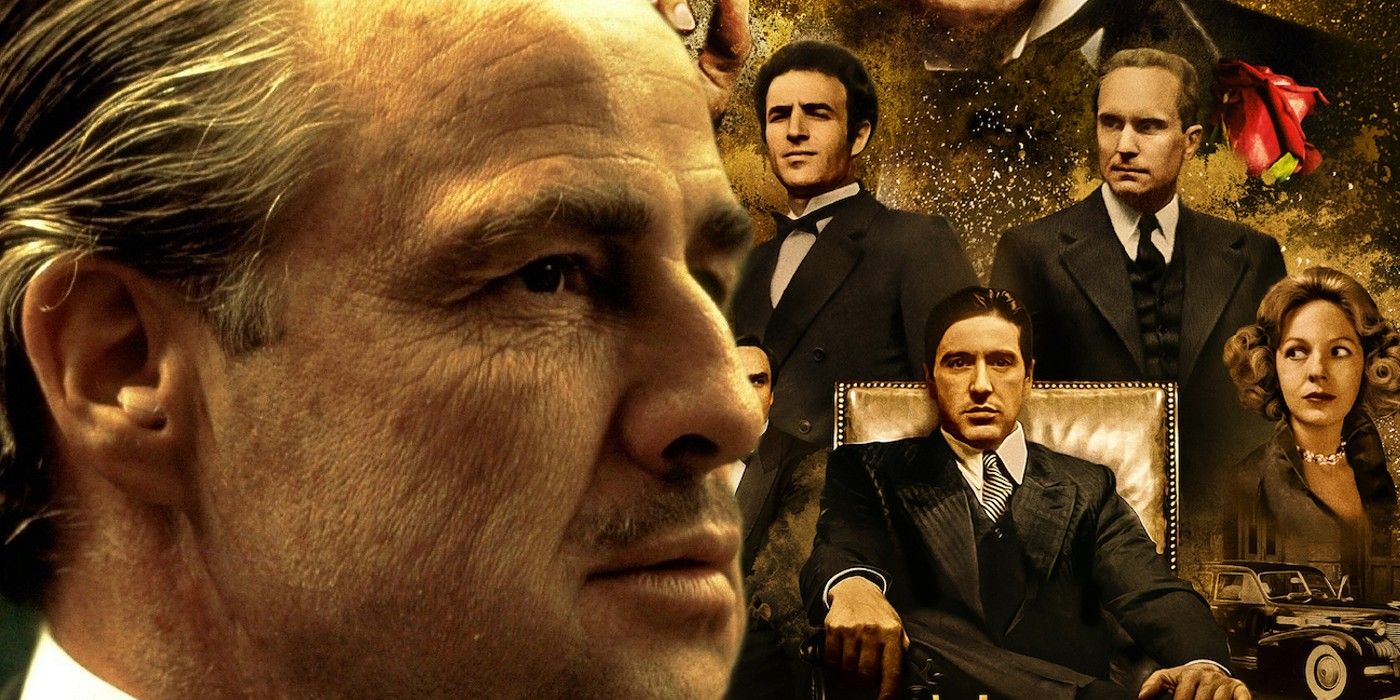
Why The Godfather Is Still The King Of Gangster Movies After 50 Years
As Francis Ford Coppola's The Godfather celebrates its 50th anniversary, why does Don Corleone still sat at the pinnacle of gangster movies?The Godfather's Closing Door Shot Explained
Diane Keaton's Final Moments In The Godfather Ending Hammer Its Thematic Message Home
The final scene of The Godfather ending, Connie hysterically confronts Michael about Carlo's death, correctly assuming that her husband was killed on the Don's orders. Michael neither confirms nor denies Connie's accusations, and merely holds her, before sending his sister downstairs to see a doctor. The confrontation takes place in full view of of Michael's wife, Kay (Diane Keaton), who has been under strict instructions to never ask about the family business since her husband assumed control. Unable to help herself, Kay asks whether Michael really was involved in Carlo's death.
Responding with anger at first, Michael calms down and allows Kay to ask one single question about his affairs. She does so, and Michael, as cool and resolute as ever, denies having any involvement in Carlo's demise. A wave of relief spreads over Kay's face, but after she leaves the room and looks back, she sees Michael surrounded by his three capos, all hugging their leader and kissing his hand. Looking directly at Kay, Al Neri slowly moves towards the office door and closes it, leaving Kay with a mixture of distrust and stark realization.
This parting scene in The Godfather ending is the true final phase in Michael's evolution into a mafia boss.
This parting scene in The Godfather ending is the true final phase in Michael's evolution into a mafia boss. The bare-faced lie to his wife acts as a sign that their relationship has become far more distant since those early scenes spent Christmas shopping and is a foreboding sign of things to come, as Michael continues to adopt a double life as a criminal kingpin and an honest family man.
In shutting the door on Kay, The Godfather ending highlights both Michael's decision to close his wife out of his business and the mafia's general attitudes towards a woman's role. While Michael at the outset of the film treated Kay with dignity, respect and an air of equality (for the period, anyway), Michael is now the archetypal Don — running the family business with his capos in a closed office, while the women of the house see to their maternal and domestic duties, those two worlds forbidden to ever collide.
Kay, of course, is an educated, professional woman, and isn't as willing to turn the same blind eye to Michael's activities that other mafia wives might.
Kay, of course, is an educated, professional woman, and isn't as willing to turn the same blind eye to Michael's activities that other mafia wives might. The expression on Diane Keaton's face that acts as The Godfather's final shot indicates that, despite initially being relieved by Michael's denial, her trust towards him has been irretrievably damaged. Kay no longer feels she truly knows what kind of man her husband is, nor what he's capable of, and views the world within those office walls as the divide between her and the man she fell in love with.
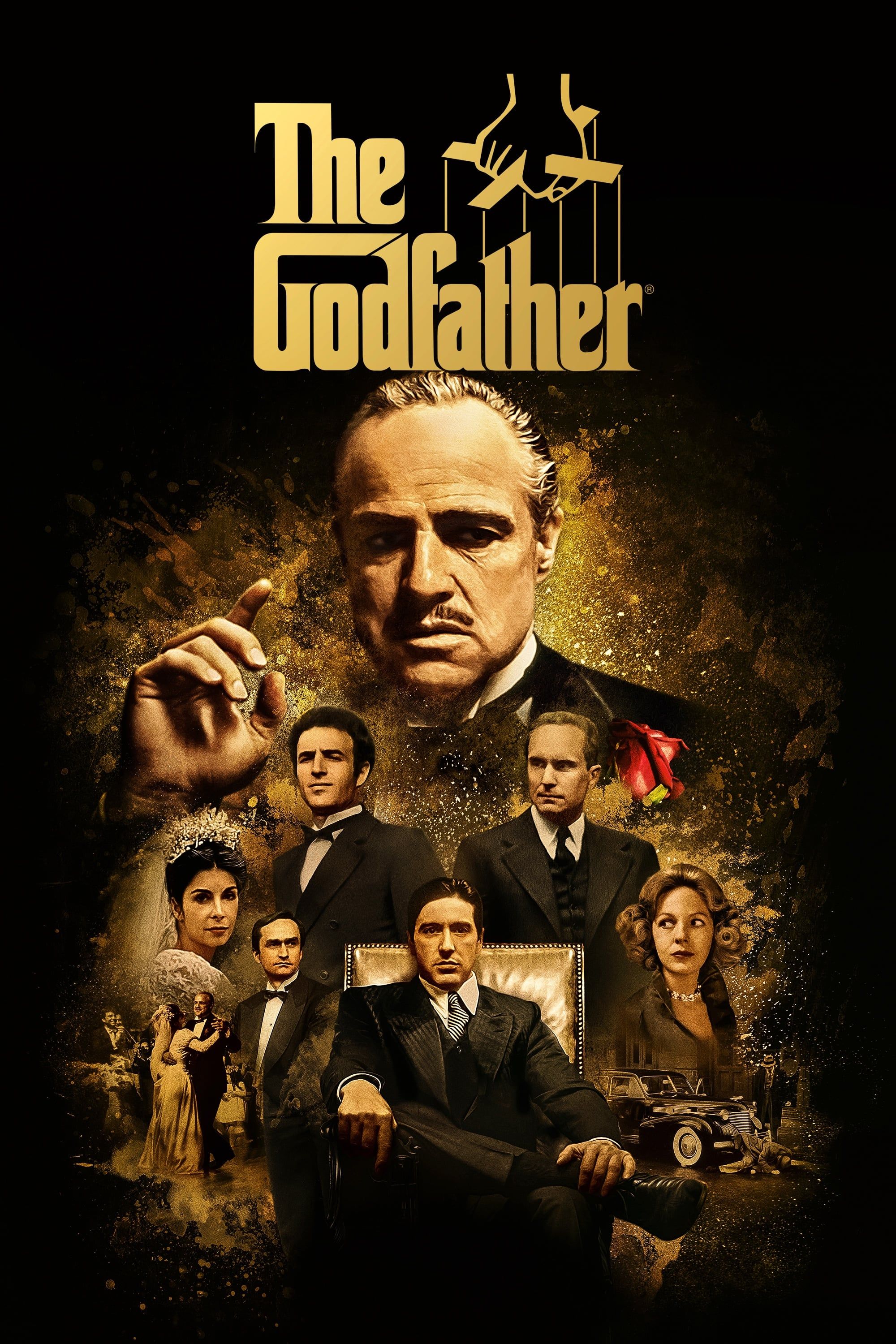
The Godfather (1972)
Francis Ford Coppola directed this 1978 classic that would go on to become one of the most iconic crime films ever made. Starring Marlon Brando, James Caan, and Al Pacino, The Godfather gives a tense and introspective look into the Corleone crime family of New York City.
- Director
- Francis Ford Coppola
- Release Date
- March 24, 1972
- Studio(s)
- Paramount Pictures
- Writers
- Mario Puzo , Francis Ford Coppola
- Cast
- Marlon Brando , Diane Keaton , James Caan , Al Pacino , Robert Duvall
- Runtime
- 175 minutes

